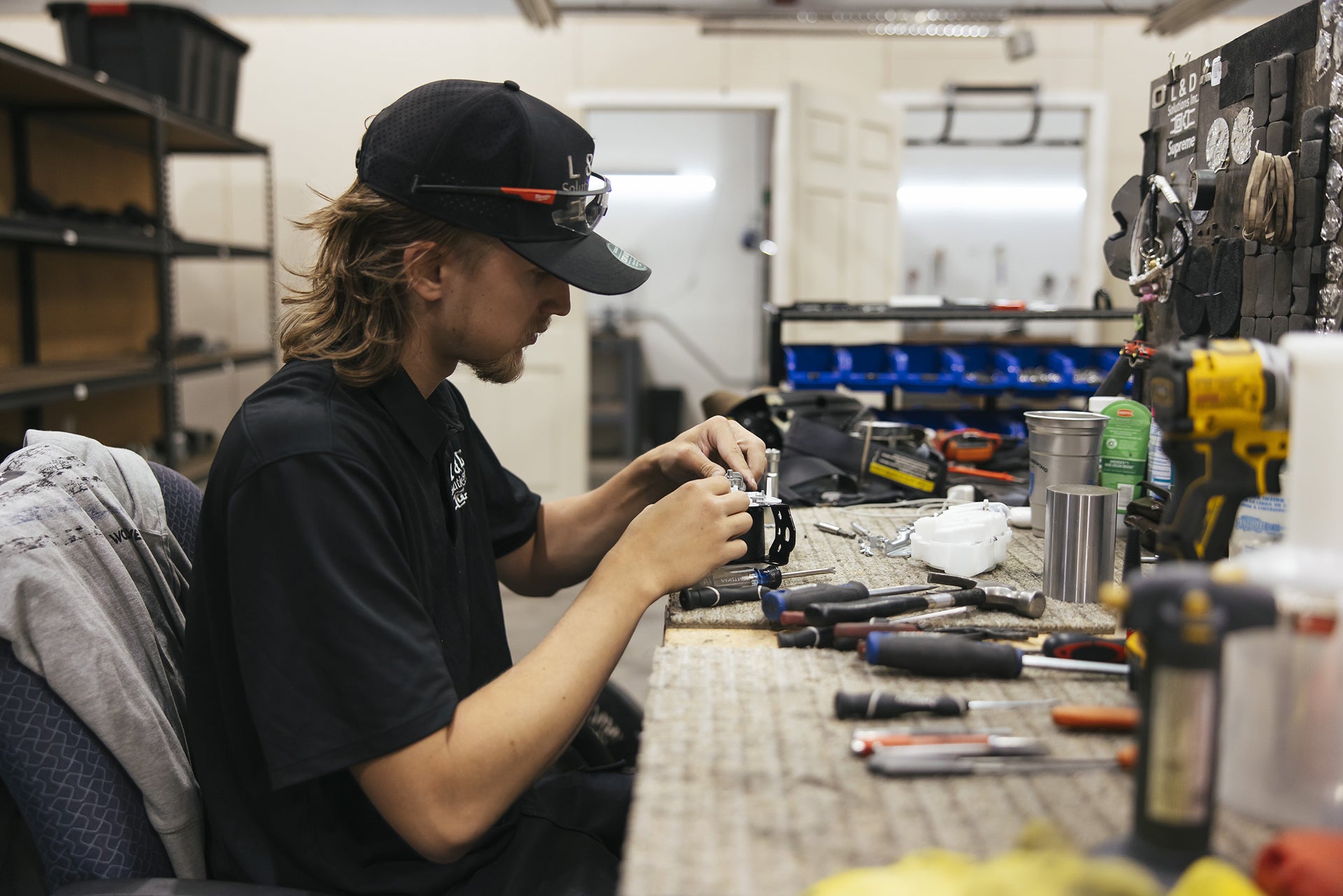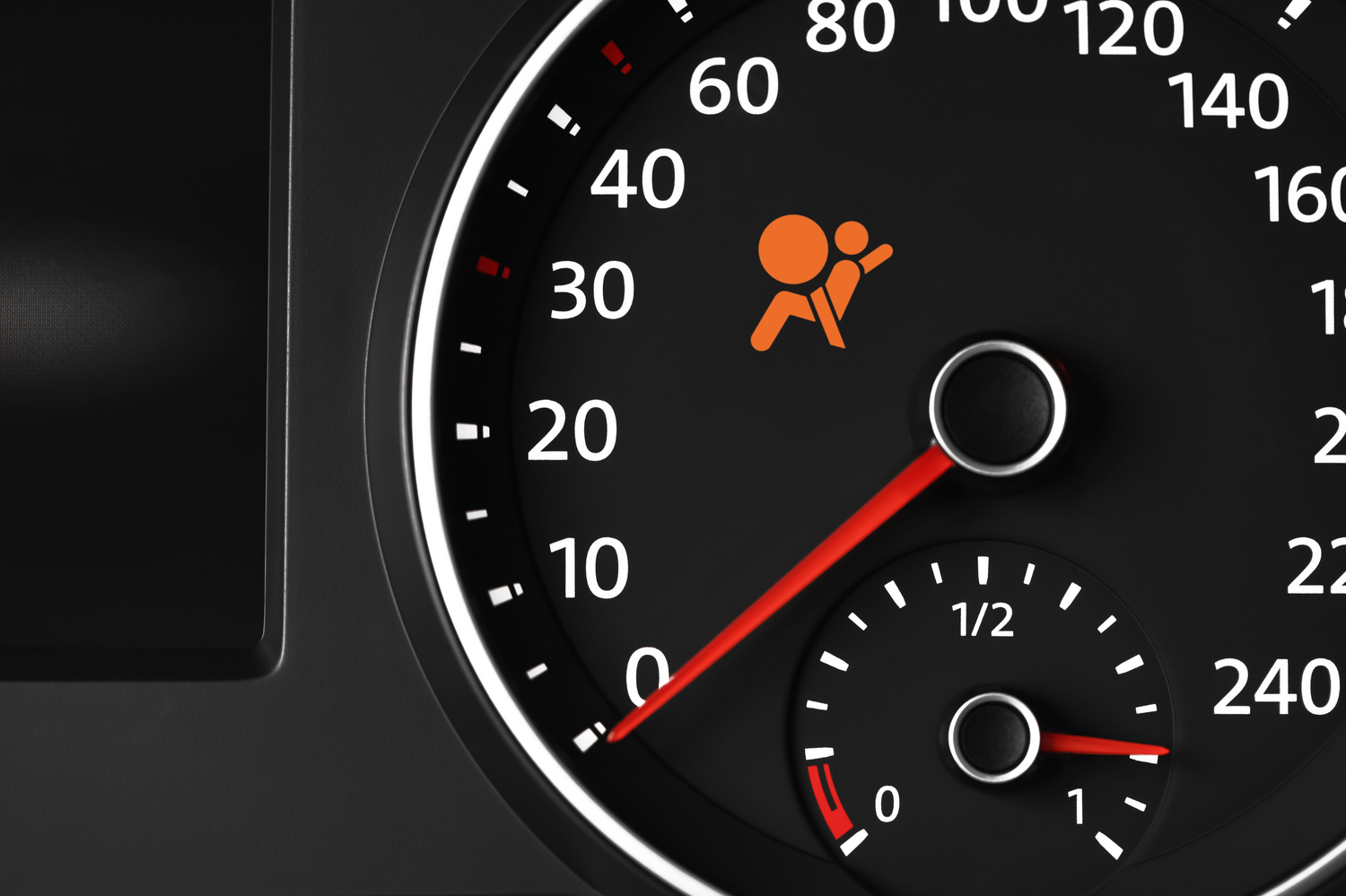The Service Airbag Light, also known as the Supplemental Restraint System (SRS) light, is an important indicator found on your vehicle's dashboard. This warning light illuminates when the car's computer detects a problem with the airbag system, which is a critical part of your vehicle's safety features. Airbags are life-saving devices designed to deploy in the event of a severe collision to protect occupants from serious injury. When this light comes on, it signifies that there may be an issue that could prevent the airbags from functioning correctly when needed.
Common Causes of a Triggered Service Airbag Light
Several issues can lead to the service airbag light turning on. Some of the most common causes include:
-
Sensors and Modules: The airbag's sensors and control module can malfunction due to wiring issues, corrosion, or after the vehicle has been involved in an accident.
-
Battery Problems: If your car's battery has recently been disconnected or drained, it can interrupt the airbag system's diagnostic checks, resulting in a warning light.
-
Damaged Airbag Clock Spring: Located in the steering wheel, the clock spring allows for the connection between the steering wheel and the car's electrical system, including the airbag. Wear or damage to this component can trigger the light.
-
Seat Belts and Connectors: Since seat belts are part of your car's safety system, issues with seat belts or their connectors can also cause the light to come on.
What to Do When the Service Airbag Light Turns On
When you first see the Service Airbag Light illuminated, here are a few steps you can take:
-
Firstly, make sure that there's nothing underneath the seats that's obstructing or interfering with the connectors and wiring.
-
Check that all passengers are wearing seat belts correctly, as some vehicles have sensors that monitor seat belt use.
-
Consult your vehicle's owner manual. There might be instructions specific to your car's make and model for troubleshooting this light.
If the light remains on, it's critical to have your vehicle inspected by a professional technician as soon as possible. Continuing to drive with the light on could mean your airbags won't deploy in an accident.
The Process of Diagnosing and Repairing Service Airbag Light Issues
A professional technician will typically follow these steps in diagnosing and repairing airbag system issues:
-
Scanning for Codes: The technician will use a specialized scanner to read the trouble codes stored in the car's computer, which will indicate the specific issues with the airbag system.
-
Inspecting Components: Based on the codes, the technician will inspect the related components, which could include airbag modules, sensors, wiring, or the clock spring.
-
Repairing or Replacing Parts: Faulty parts are repaired or replaced. In the case of a previous accident, the airbag system will need to be fully evaluated, as deployed airbags and their related components require replacement.
Maintaining Your Vehicle's Airbag System
Regular maintenance checks can help prevent issues with your car's airbag system. Some tips include:
-
Avoid putting heavy objects on seats, which can damage wiring or sensors.
-
Have your vehicle's electrical system checked periodically by a professional, especially after battery problems or accidents.
-
Keep the area around airbag modules clear of debris and obstructions.
The service airbag light is a crucial safety indicator that should never be ignored. Understanding the common causes and knowing what steps to take when it lights up can be the difference between a functioning and a failed airbag system. Always prioritize having this issue inspected and resolved by a professional to ensure the safety of yourself and your passengers on the road.



Leave a comment
This site is protected by hCaptcha and the hCaptcha Privacy Policy and Terms of Service apply.